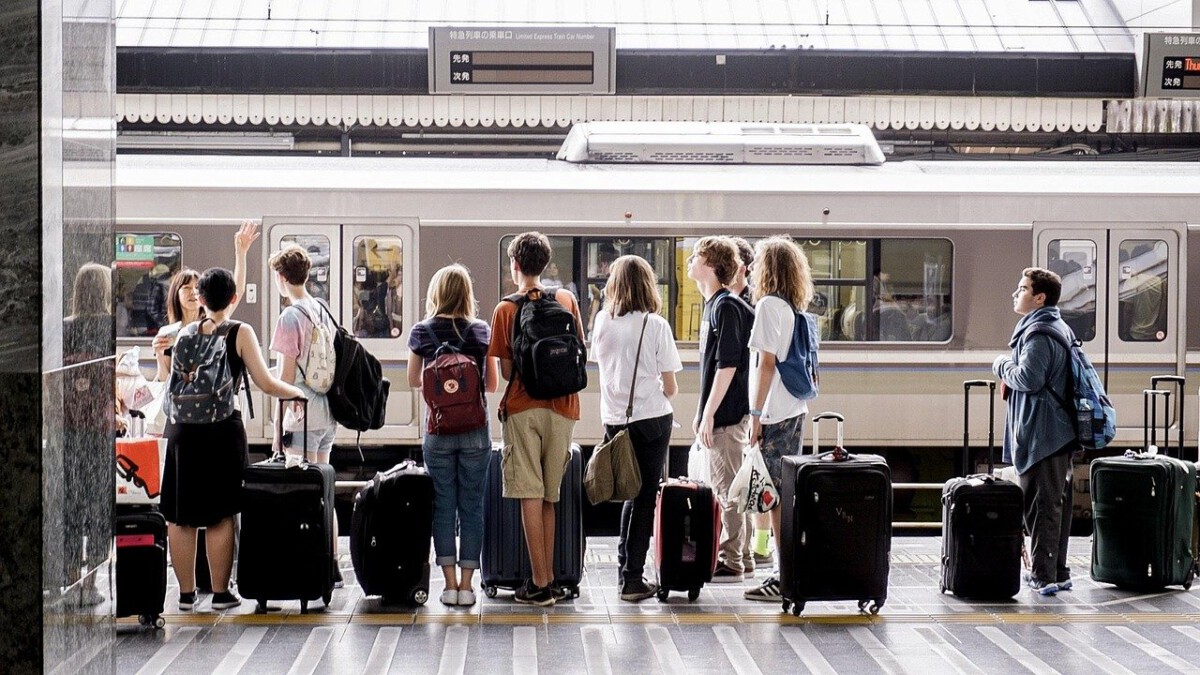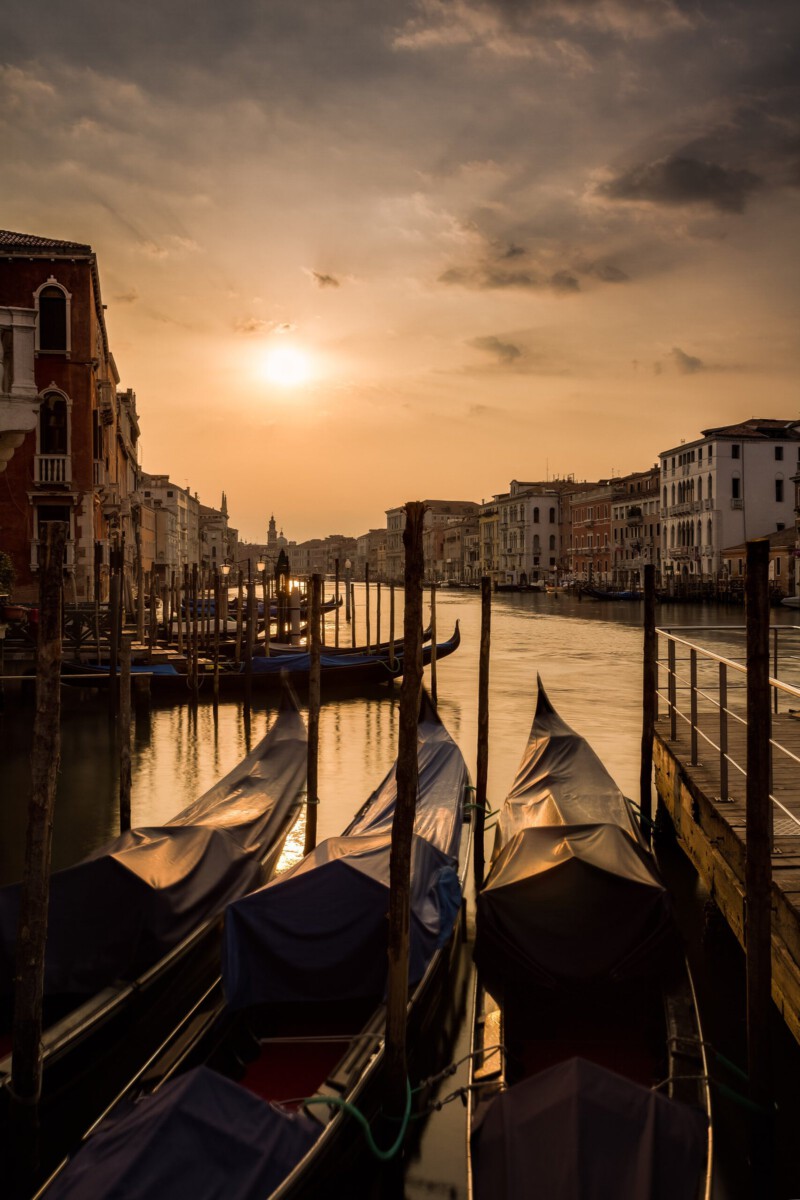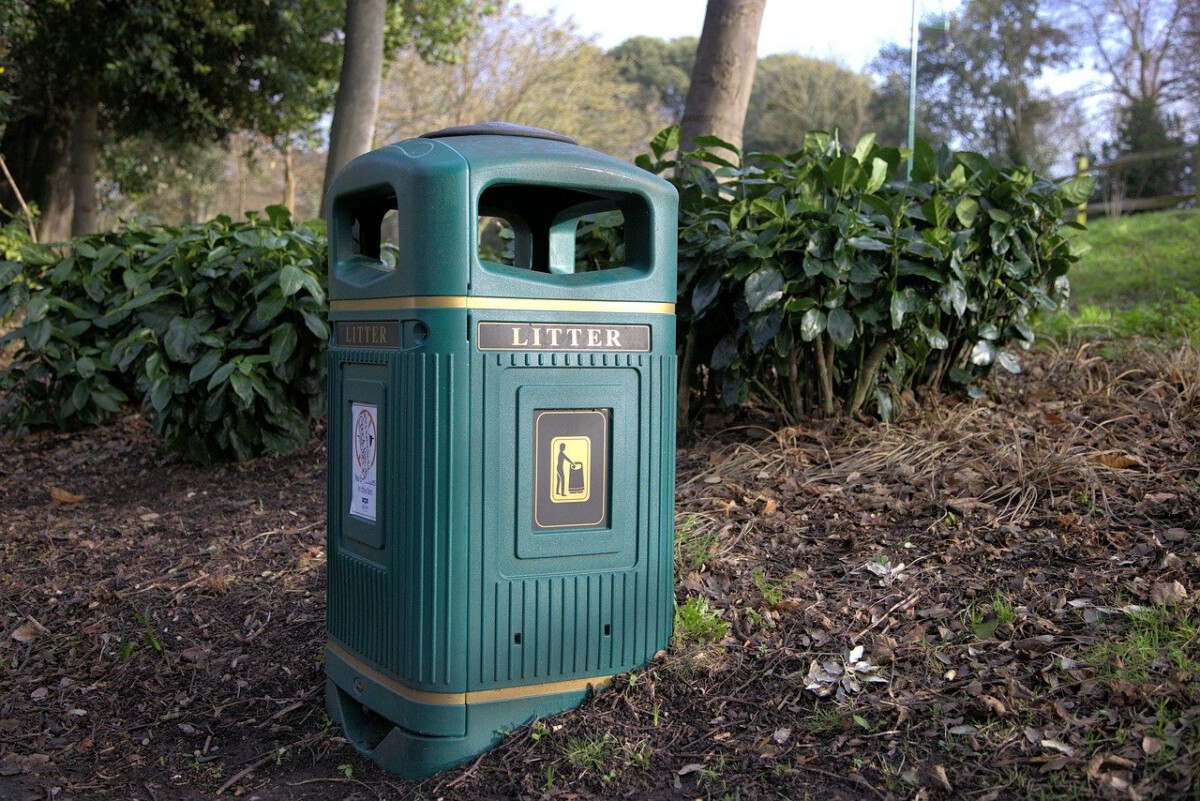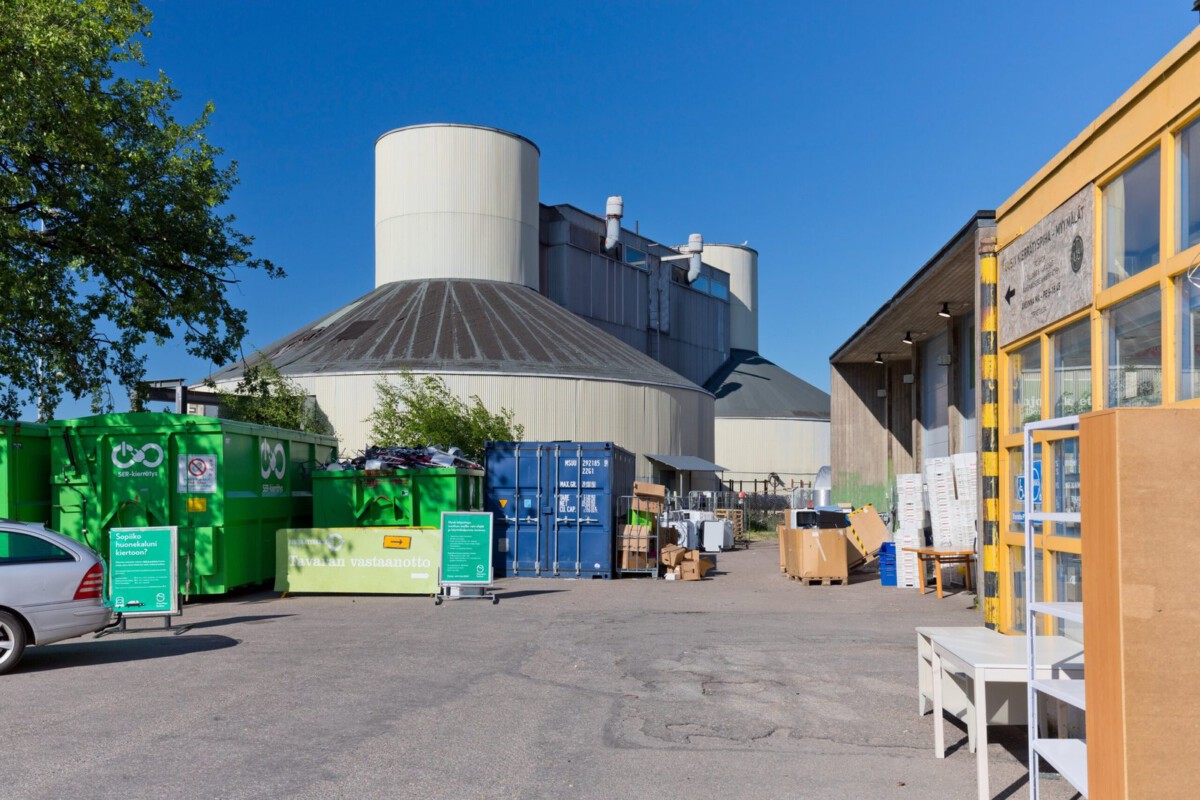Tariffs: The Hidden Tax Behind Your Travel Expenses

When you book your next vacation, you might be surprised to find your wallet feeling lighter than usual. Tariffs, which are taxes placed on imported goods, can quietly raise the cost of nearly everything related to travel. During Donald Trump’s presidency, new tariffs were imposed on hundreds of billions of dollars’ worth of imports, especially from China. These tariffs didn’t just affect businesses—they trickled down to ordinary travelers like you and me. As airlines, hotels, and retailers faced higher costs, they passed those expenses right onto customers. Suddenly, everything from your suitcase to your hotel shampoo started to cost more. These changes might seem invisible at first, but their impact is very real the moment you try to plan a trip. For many, it’s become harder to afford the simple joy of global adventure.
Airlines: Soaring Ticket Prices and Shrinking Choices

Airlines have felt the sting of tariffs in a big way, especially when it comes to buying planes and parts. The Trump administration’s tariffs on aluminum and steel—key materials for building airplanes—drove up manufacturing and repair costs dramatically. According to the International Air Transport Association (IATA), these higher costs forced airlines to raise ticket prices by about 20% in 2021 compared to pre-tariff years. In some cases, airlines even reduced flight routes or cut back on services to stay afloat. This means travelers are now paying more for fewer choices, with some routes disappearing altogether. The ripple effect is clear every time you search for a flight and see higher prices and limited options. For budget travelers, these changes can be especially discouraging. The experience of flying has become more expensive—and sometimes less convenient—thanks to tariffs.
Luggage and Travel Accessories: The Price of Packing

It’s not just your plane ticket that’s getting more expensive. Before you even leave home, tariffs have already hit your travel budget. Many luggage brands and travel gear companies rely on imports from countries affected by Trump’s tariffs. The National Retail Federation reported that tariffs on consumer goods like bags and electronics increased prices by as much as 25%. This means buying a new suitcase or travel adapter now takes a bigger bite out of your wallet. Retailers, faced with higher import costs, simply pass those costs along to you. Even small items, like travel pillows or power banks, can add up. With prices rising across the board, travelers often have to make tough choices about what to bring or replace. The hidden costs of tariffs show up in the checkout line, long before a vacation even begins.
International Tourism: Fewer Visitors, Bigger Impact

Tariffs haven’t just affected American travelers—they’ve also changed the way people from other countries visit the U.S. When tariffs make goods more expensive, the U.S. dollar often grows stronger, making it pricier for international tourists to visit. The U.S. Travel Association found that in 2019, over 79 million international visitors spent $233 billion in the U.S. But as costs rose, fewer travelers could afford the trip, and the country saw a dip in international tourism. This decline hits hard, as tourism supports millions of American jobs. Even iconic destinations like New York or Los Angeles have felt the pinch as fewer visitors book hotels, tours, and restaurants. The domino effect means less revenue for local businesses and fewer opportunities for cultural exchange. Tariffs, while aimed at protecting industries, have also closed doors for many eager travelers.
Accommodations: Hotels Grapple with Higher Bills

Staying in a hotel has become noticeably pricier in recent years, and tariffs are a big reason why. Hotels depend on imported goods ranging from beds and linens to mini-fridges and toiletries—many of which saw their prices soar due to tariffs. STR Global, which tracks hotel industry data, reported that the average U.S. hotel rate climbed 10% in 2021, with tariffs playing a significant role. To cover increased expenses, hotels often pass costs to guests, raising nightly rates or adding extra fees. For families or groups, even a small bump in price per night can add up to a big difference over a week-long stay. Some hotels have responded by cutting back on free amenities or delaying renovations. Travelers now find themselves paying more, sometimes for less comfort or luxury than before. The result is a lodging experience that can feel less welcoming and more costly.
Rental Cars and Public Transport: Getting Around Is Costlier

Tariffs have also made it more expensive to get around once you arrive at your destination. Many car rental fleets rely on imported vehicles and parts, and tariffs have driven those costs up sharply. The American Automobile Association (AAA) reported rental car prices jumped more than 30% in 2021, fueled by both supply chain issues and import taxes. For travelers needing a car, these higher rates can be a nasty shock. Public transit agencies have faced similar struggles, as tariffs on buses and replacement parts make repairs and upgrades pricier. This can lead to higher fares, service cuts, or delays in new projects. Tourists and locals alike are feeling the squeeze, whether they’re hailing a cab, renting a car, or catching a city bus. The simple act of exploring a new city now comes with more financial hurdles than before.
Supply Chain Disruptions: Delays and Price Hikes

Tariffs have played a major role in disrupting global supply chains, making it harder for travel companies to keep costs down. The COVID-19 pandemic made these problems even worse, but tariffs added layers of complexity and expense. A McKinsey report found that supply chain disruptions can drive up costs for businesses by 15-20%. For the travel industry, this means delays in getting new equipment, higher prices for everyday goods, and more difficulty planning ahead. Airlines might wait longer for aircraft parts, hotels might struggle to replace worn-out furniture, and tour operators might pay more for vehicles. All these challenges feed into the final price paid by travelers. It’s a domino effect—one problem leads to another, and the result is a more expensive, less predictable travel experience. The modern traveler is paying the price for these global hiccups.
Shifting Travel Habits: How Consumers Are Coping

As travel costs keep rising, many people are rethinking how, when, and even if they travel. According to a Travel Industry Association survey, 40% of respondents said they would travel less frequently because of higher prices. Some are choosing to vacation closer to home, while others are stretching their budgets or searching for deals. Families may cut back on trip extras like tours, fancy meals, or souvenirs. Business travelers are reconsidering the necessity of in-person meetings, opting for virtual options instead. This shift affects not just travelers but the entire travel industry, from airlines to tour guides to restaurant owners. The impact of tariffs ripples out, changing patterns in ways that may last for years. The simple joy of travel is now balanced against a much tougher economic reality.
Future Uncertainty: What’s Next for Global Travel?

The future of travel remains unclear as tariffs and trade policies continue to change. Ongoing negotiations, political shifts, and global events could alter the landscape at any moment. Travelers and industry leaders alike are watching for signs of relief or new challenges. Some hope that future trade deals might lower tariffs and ease costs, while others worry about further disruptions. The travel industry is learning to adapt, sometimes by finding new suppliers or changing business models. For now, uncertainty is the only constant, with everyone from CEOs to casual tourists waiting to see what happens next. Staying informed and flexible is more important than ever for anyone planning to travel. The journey ahead, both literally and financially, is far from settled.
Practical Tips: How Travelers Can Save Despite Tariffs

With prices rising, travelers are getting creative to stretch their dollars further. Many are booking trips well in advance to lock in lower rates before more price hikes hit. Others are using price comparison tools, travel rewards programs, and off-season deals to save money. Packing lighter and bringing your own travel essentials can help avoid paying inflated prices for goods at your destination. Some travelers are embracing alternative accommodations, like vacation rentals or hostels, to bypass expensive hotels. Group travel and shared rides are growing in popularity as a way to split costs. Being flexible with travel dates and destinations can also uncover surprising bargains. While tariffs have made travel tougher, smart planning can take away some of the sting and keep adventures within reach.
Industry Responses: How Travel Businesses Are Fighting Back

Travel companies aren’t just sitting back and watching costs climb—they’re actively looking for solutions. Airlines are investing in fuel-efficient planes and streamlining operations to cut expenses. Hotels are partnering with local suppliers to reduce dependency on imported goods. Car rental agencies are expanding their fleets with domestic vehicles or electric cars. Some businesses are lobbying for changes in tariff policies, hoping for relief from rising fees. Others are focusing on transparency, helping customers understand exactly what they’re paying for. Innovation is everywhere, from special promotions to digital check-ins. These efforts show that while tariffs have created obstacles, the travel industry is determined to adapt and keep people moving.
Global Ripple Effects: Beyond U.S. Borders

The impact of U.S. tariffs isn’t limited to American travelers or businesses—it’s felt around the world. Countries that export goods to the U.S. have seen demand drop, affecting their own economies and tourism sectors. International airlines and travel agencies are adjusting strategies in response to shifting American policies. Destinations that once relied on U.S. visitors are now reaching out to new markets or promoting domestic travel. The interconnected nature of global tourism means that changes in one country can trigger reactions everywhere. Even travelers from other nations face higher prices when buying U.S.-made goods or services. The story of Trump’s tariffs is a global one, affecting how people explore and connect across borders.




